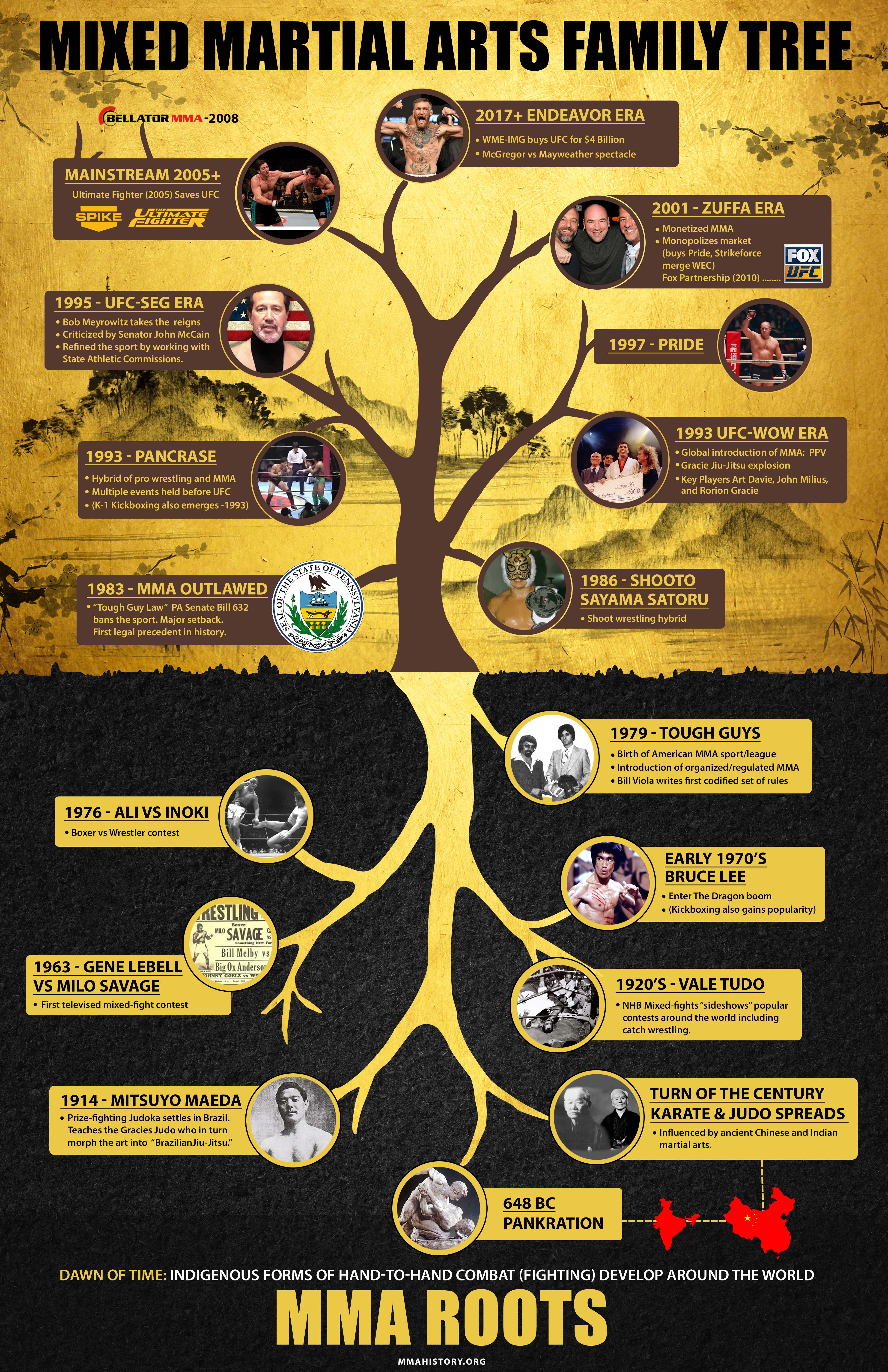Recognizing The Essential Differences Between Conventional Martial Arts And Modern Fight Sports
Recognizing The Essential Differences Between Conventional Martial Arts And Modern Fight Sports
Blog Article
Write-Up Composed By-Camp Johnson
When you consider martial arts, do you lean more toward the standard methods or the contemporary combat sporting activities? Each course provides unique advantages and experiences, formed by their viewpoints and training methods. Conventional martial arts highlight personal development and discipline, while contemporary battle sports concentrate on competition and performance. Understanding these differences can guide you in selecting the ideal method for your journey. Yet how do these distinctions manifest in training and viewpoint?
The Ideology and History Behind Typical Martial arts
While many individuals link martial arts with physical fight, the viewpoint and history behind standard martial arts run much deeper. You'll discover that these techniques stress individual development, discipline, and respect.
Stemming from ancient practices, standard martial arts were often created for Self-Defense and spiritual advancement. They personify concepts such as equilibrium, harmony, and self-discipline, guiding practitioners past simple combating abilities.
As you educate, you'll not only find out strategies yet additionally get insights into the culture and values that formed these arts. The rituals and customs, typically given with generations, cultivate a feeling of area and belonging.
The Affordable Nature of Modern Fight Sports
Modern fight sports have actually changed the landscape of martial arts into an extremely competitive sector, where professional athletes face off in an examination of skill, strategy, and endurance.
You'll see that competitors are typically arranged with strict guidelines and guidelines, guaranteeing justice and safety and security. These occasions draw in huge audiences, sustaining the excitement and strength of matchups.
Professional athletes educate rigorously, not just for physical prowess yet also for psychological toughness, recognizing that every information counts in the ring. martial arts toe protection throughout competitions is palpable, as competitors push their restrictions to assert triumph.
https://www.communityadvocate.com/2022/12/25/gain-fitness-and-build-confidence-at-americas-best-defense-martial-arts-center/ and creativity involved, making contemporary fight sporting activities a thrilling spectacle that continues to evolve and astound lovers around the globe.
Training Methods and Techniques: A Relative Analysis
The competitive environment of modern-day combat sports demands innovative training approaches that differ dramatically from typical martial arts.
In modern-day training, you'll focus on particular strategies, sparring, and conditioning, often making use of drills that imitate actual battle situations. https://louisdinsx.dailyblogzz.com/36088707/looking-for-boosted-safety-and-confidence-during-your-college-years-find-out-the-importance-of-self-defense-training-courses-in-helping-trainees 'll see a focus on quantifiable performance and constant competitors to assess your skills.
In contrast, typical martial arts prioritize forms, katas, and thoughtful teachings, typically highlighting discipline and respect over competition.
Training is generally much less intense and might entail repeated practice rather than real-time sparring.
While both strategies develop skill and fitness, modern-day fight sporting activities provide a much more vibrant and adaptable training atmosphere, preparing you for prompt challenges in the ring or cage.
Select the path that lines up with your goals and interests.
Verdict
In selecting in between standard martial arts and contemporary fight sporting activities, it truly comes down to what you value most. If you're trying to find personal growth, discipline, and a feeling of community, conventional arts might be your finest fit. Yet if you grow on competitors and real-time obstacles, modern fight sports could be the method to go. Inevitably, both courses use one-of-a-kind benefits, so it's all about aligning your training with your individual goals and interests.
